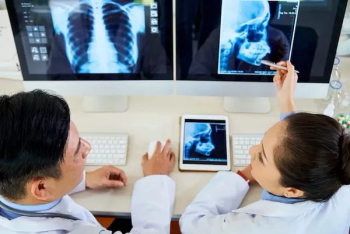
Bedside ultrasound shows placement of pediatric endotracheal tubes
Bedside ultrasound quickly and accurately verifies the placement of endotracheal tubes in pediatric patients, even when the standard tests give false-negative or equivocal results, according to a recent study.
Bedside ultrasound quickly and accurately verifies the placement of endotracheal tubes in pediatric patients, even when the standard tests give false-negative or equivocal results, according to a recent study.
Dr. Jeanette Galicinao and colleagues in the pediatrics department at the LeBonheur Children's Medical Center and the department of preventative medicine at the University of Tennessee Health Science Center in Memphis published their study in Pediatrics, which made it available online Nov. 30.
In the first phase of the study, 49 pediatric patients were examined with bedside ultrasound, both while intubated and again after the endotracheal tube was removed. Researchers applied two ultrasound transducers to the cricothyroid membrane to determine the presence of the tube in the trachea. They required two views to confirm placement but found the tube in all 49 patients. They discovered the sniffing position was best for acquiring high-quality images, and the linear transducer provided the best images.
In the second phase of the study, 50 pediatric patients in the emergency department were examined with bedside ultrasound during intubation or immediately afterward to check for proper placement. The results of these tests were compared with the standard methods of making sure the tube is placed correctly, using a colorimetric end-tidal carbon dioxide detector and chest radiographs.
Short necks on small patients and cervical collars made this phase of the study challenging. The linear transducer was too large for use in confined spaces, so only the curvilinear transducer was used in this phase. Still, the tube was identified in all 50 cases. The researchers also found the mean time to get chest radiographs for intubated patients was 14 minutes, while the mean time to acquire bedside ultrasound images was 17.1 seconds.
In three cases, the colorimetric end-tidal carbon dioxide detector had false-negative or equivocal readings, so the researchers found the ultrasound test invaluable in determining how the tube was placed.
They concluded that bedside ultrasound can accurately and quickly show the presence of the endotracheal tube within the trachea in pediatric patients, and in some cases beats standard tests.
Newsletter
Stay at the forefront of radiology with the Diagnostic Imaging newsletter, delivering the latest news, clinical insights, and imaging advancements for today’s radiologists.




